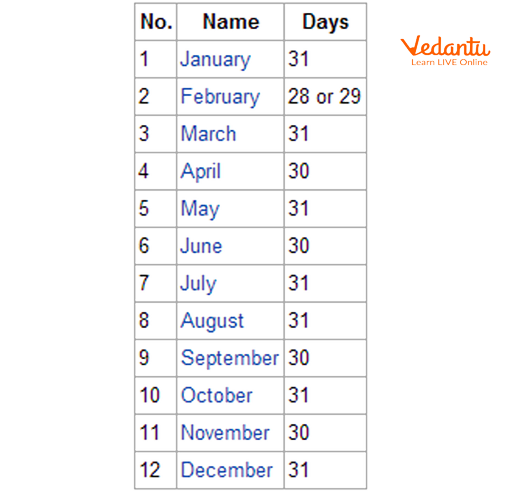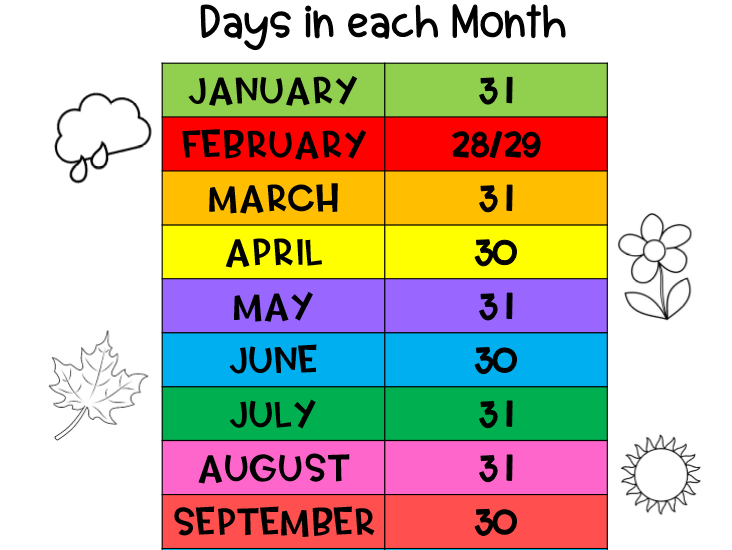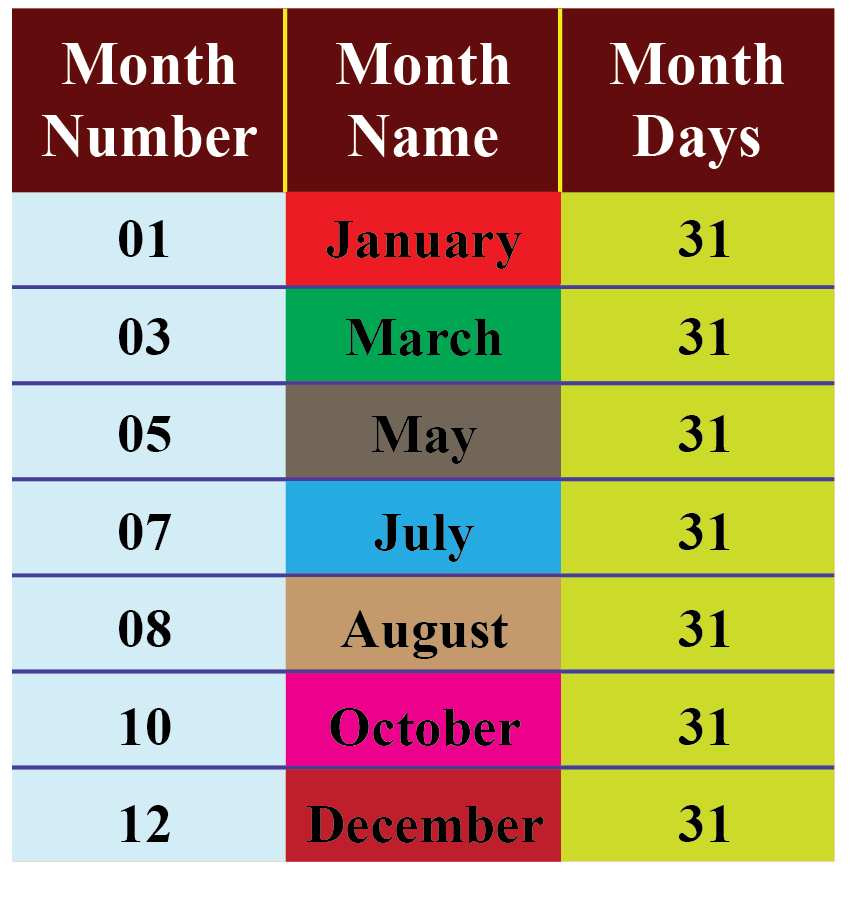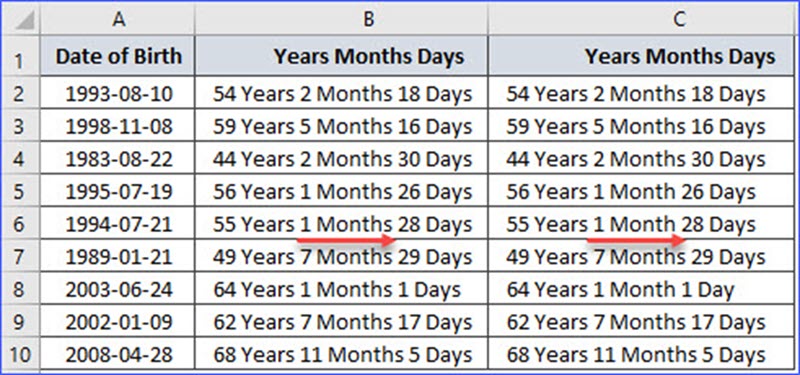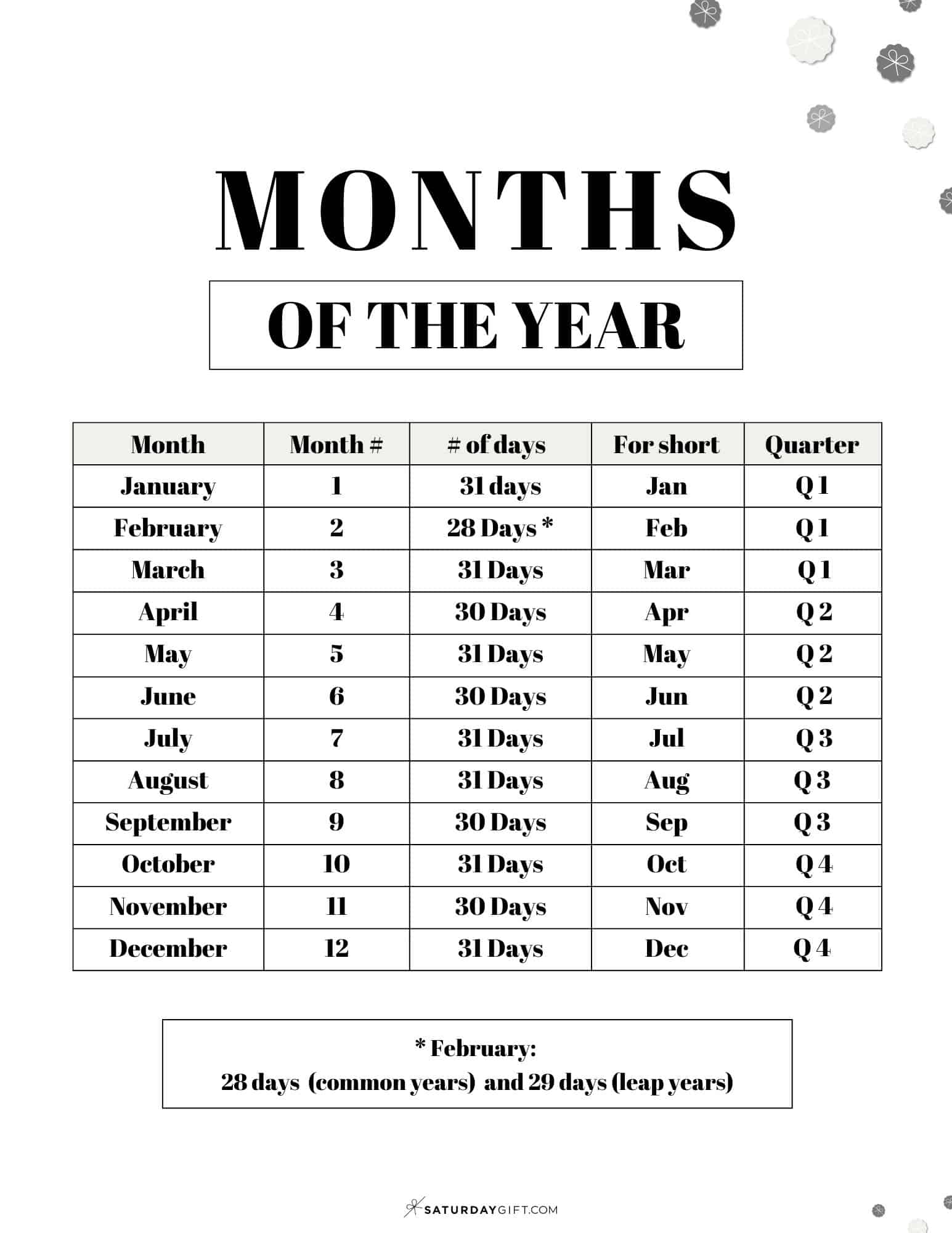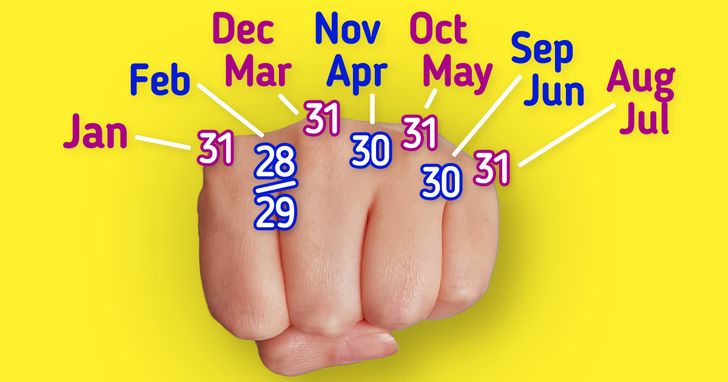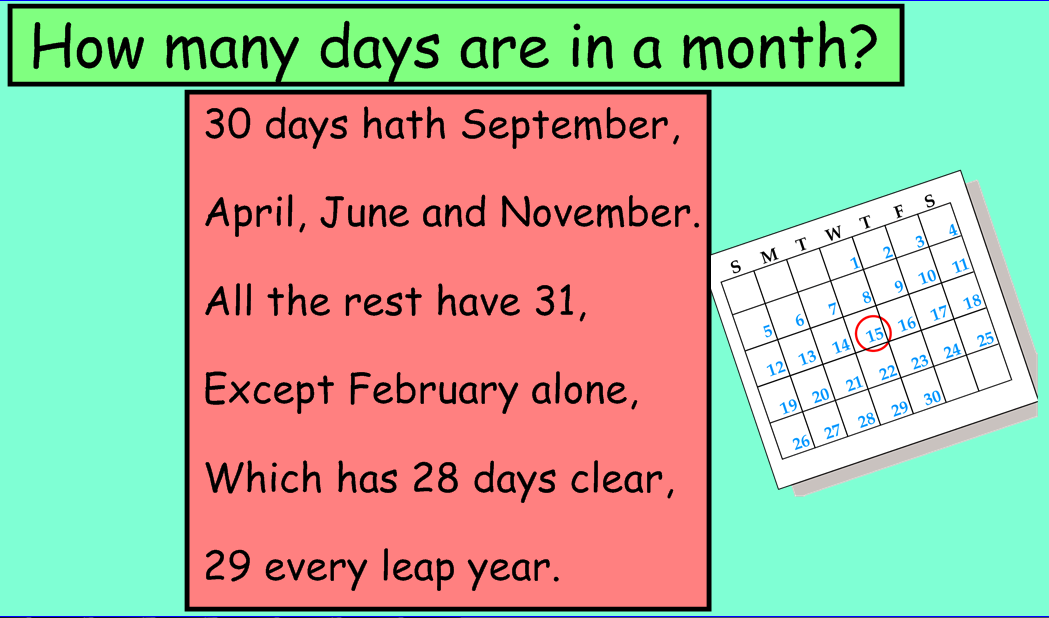How Many Months Is 164 Days

The seemingly simple question of how many months are in 164 days can lead to a surprisingly complex answer, depending on the precision required and the method used for calculation. While a quick estimate might suggest around 5.47 months, a more nuanced approach acknowledges the variable lengths of calendar months.
At its core, this calculation highlights the discrepancies between the abstract concept of a month and the reality of our Gregorian calendar. Understanding these differences is crucial in various contexts, from contractual agreements to scientific projections.
The Basic Calculation: An Approximation
The most straightforward method involves dividing the total number of days (164) by the average length of a month. That average is typically calculated as 365.25 days per year (accounting for leap years) divided by 12 months, yielding approximately 30.44 days per month.
Therefore, 164 days divided by 30.44 days/month equals roughly 5.39 months. This figure provides a reasonable estimate for general purposes.
Accounting for Variable Month Lengths
The average month length calculation glosses over a crucial detail: months are not uniform in length. February, with its 28 (or 29) days, is significantly shorter than March (31 days) or May (31 days).
This variability introduces complexity when trying to determine the equivalent number of months in 164 days with greater accuracy. One approach involves identifying a specific starting date and then counting forward 164 days, observing which months are traversed.
This method provides a more precise answer, as it accounts for the exact number of days in each month within the specified timeframe.
Practical Implications and Use Cases
The distinction between approximate and precise calculations becomes relevant in scenarios where accuracy is paramount. Contractual agreements, for instance, might specify payment schedules or project deadlines based on months.
If a contract stipulates something is to be completed in "5.39 months," interpretation becomes necessary. Does this mean five full months plus a portion of the sixth, or is it rounded up or down? The ambiguity could lead to disputes.
Similarly, in fields like agricultural planning, knowing the specific timeframe for crop cycles is crucial. Farmers need precise estimations to plan planting and harvesting schedules effectively.
When Precision Matters: An Example
Consider a scenario where a loan of $10,000 is to be repaid over 164 days with daily interest accrual. Using the 5.39 months estimate might be acceptable for initial projections, but the actual interest calculation would require knowing the exact number of days and how they fall across different months.
The lender would likely use a day-count convention (actual/360, actual/365, or actual/actual) to calculate the daily interest rate. These conventions are designed to standardize interest calculations across the financial industry, further highlighting the need for precision.
Beyond the Calendar: Alternative Time Divisions
It's important to acknowledge that "month" is not the only unit of time available. Depending on the context, considering weeks (7 days) or fortnights (14 days) may be more practical. 164 days is equivalent to roughly 23.43 weeks.
Using weeks or fortnights can simplify calculations in some situations, particularly when dealing with recurring events or schedules.
The Human-Interest Angle: Life Events
The calculation of 164 days can also hold personal significance. For example, expecting parents often track pregnancies in terms of weeks or days. 164 days into a pregnancy represents a significant milestone, typically corresponding to a specific stage of fetal development.
Understanding the timeline in days can provide reassurance and a sense of anticipation as they prepare for the arrival of their child.
Conclusion
Determining the number of months in 164 days reveals the inherent complexities in converting between different units of time. While an approximate answer of 5.39 months is readily obtained, the precise equivalent depends on the specific months involved.
The accuracy required dictates the approach. From contract negotiations to pregnancy tracking, understanding these nuances is essential for clear communication and informed decision-making.
Ultimately, the question highlights the importance of considering context and desired precision when dealing with time-related calculations.

